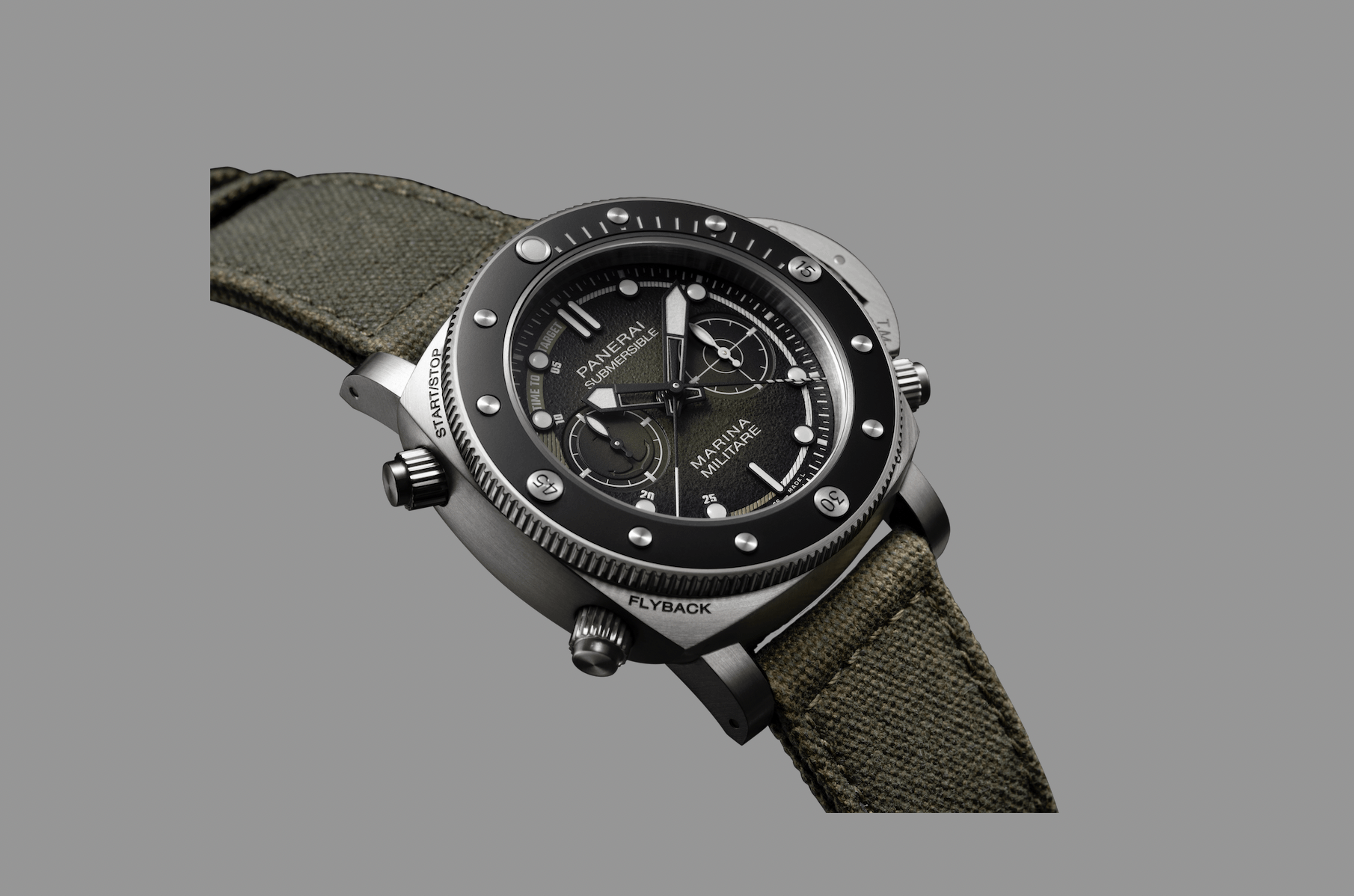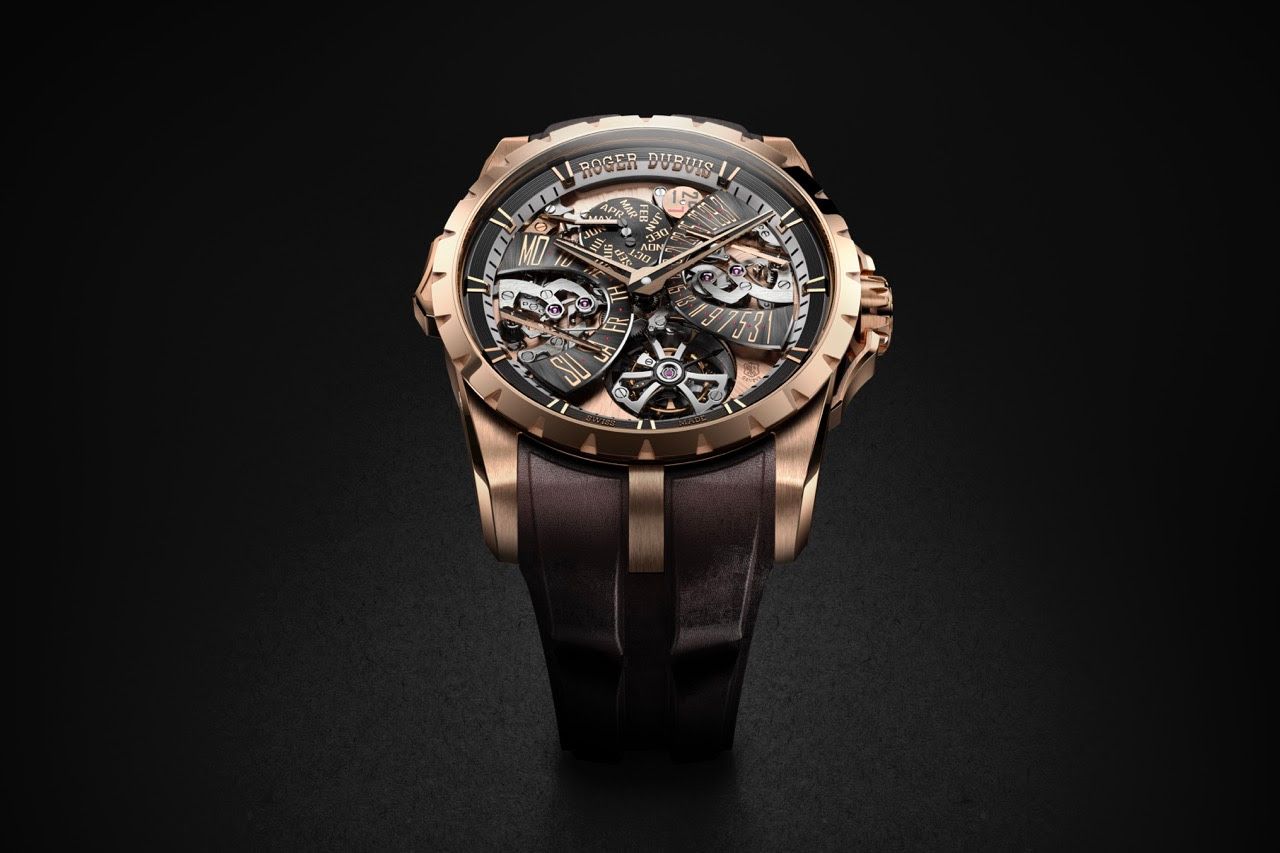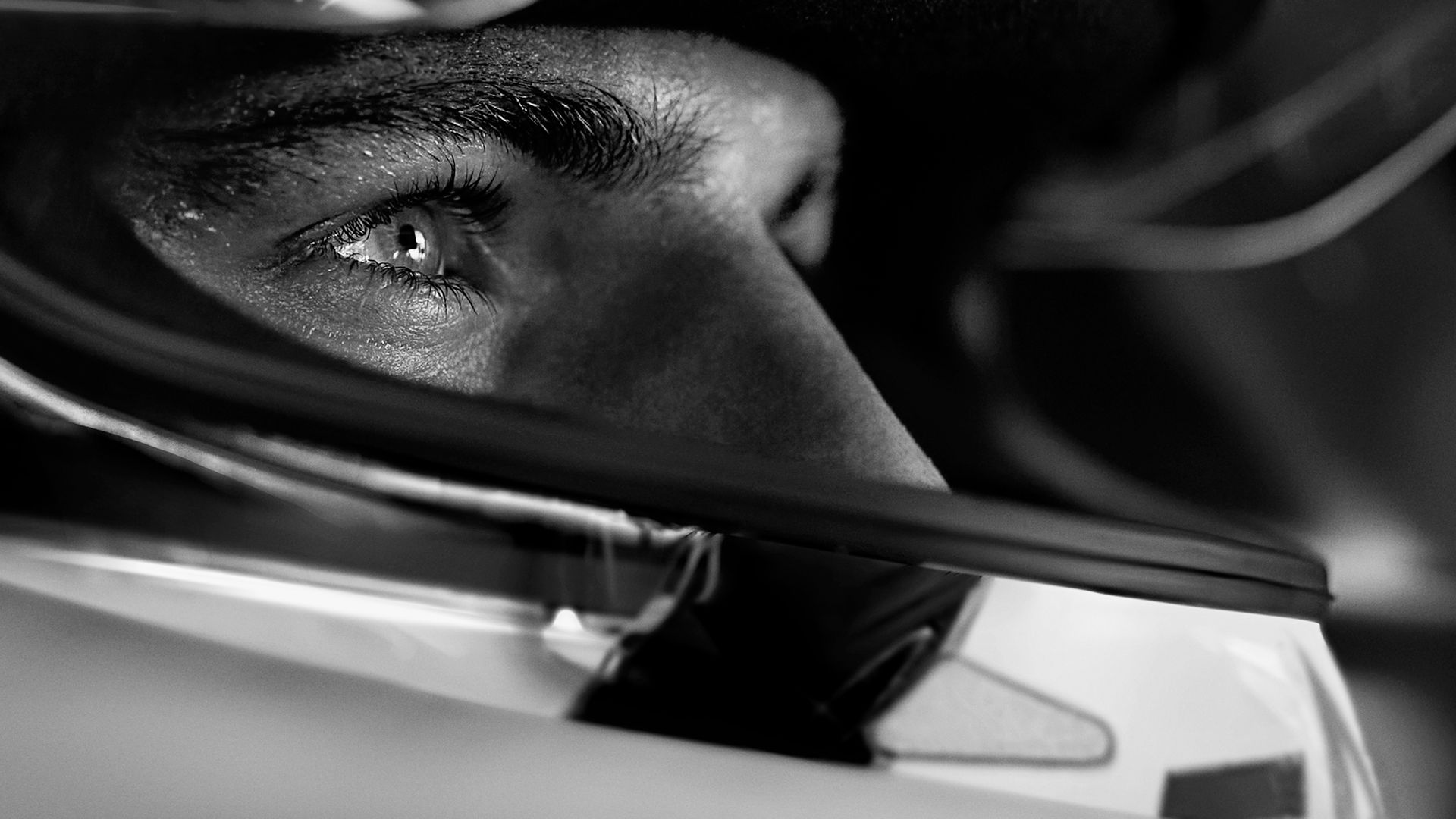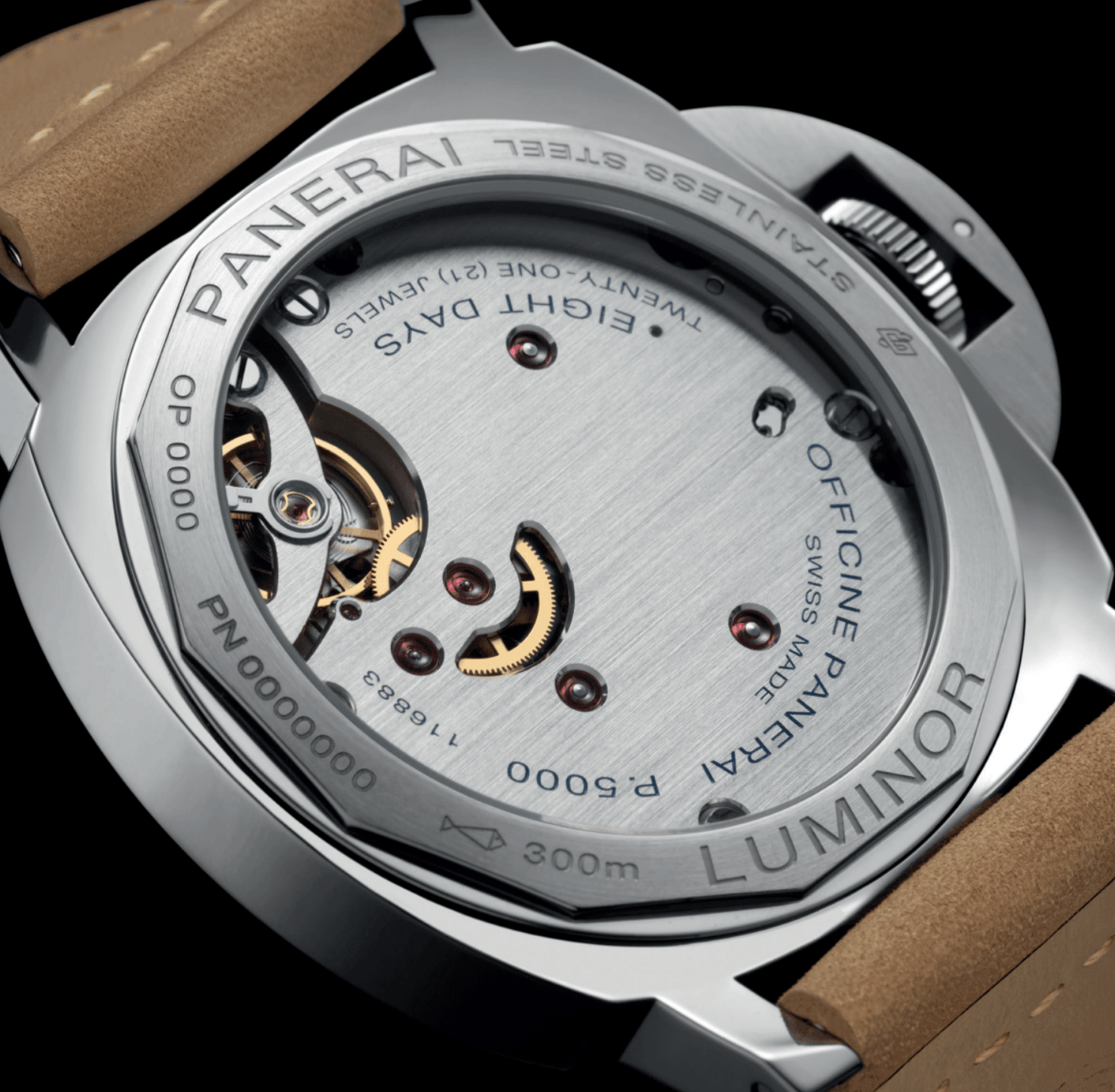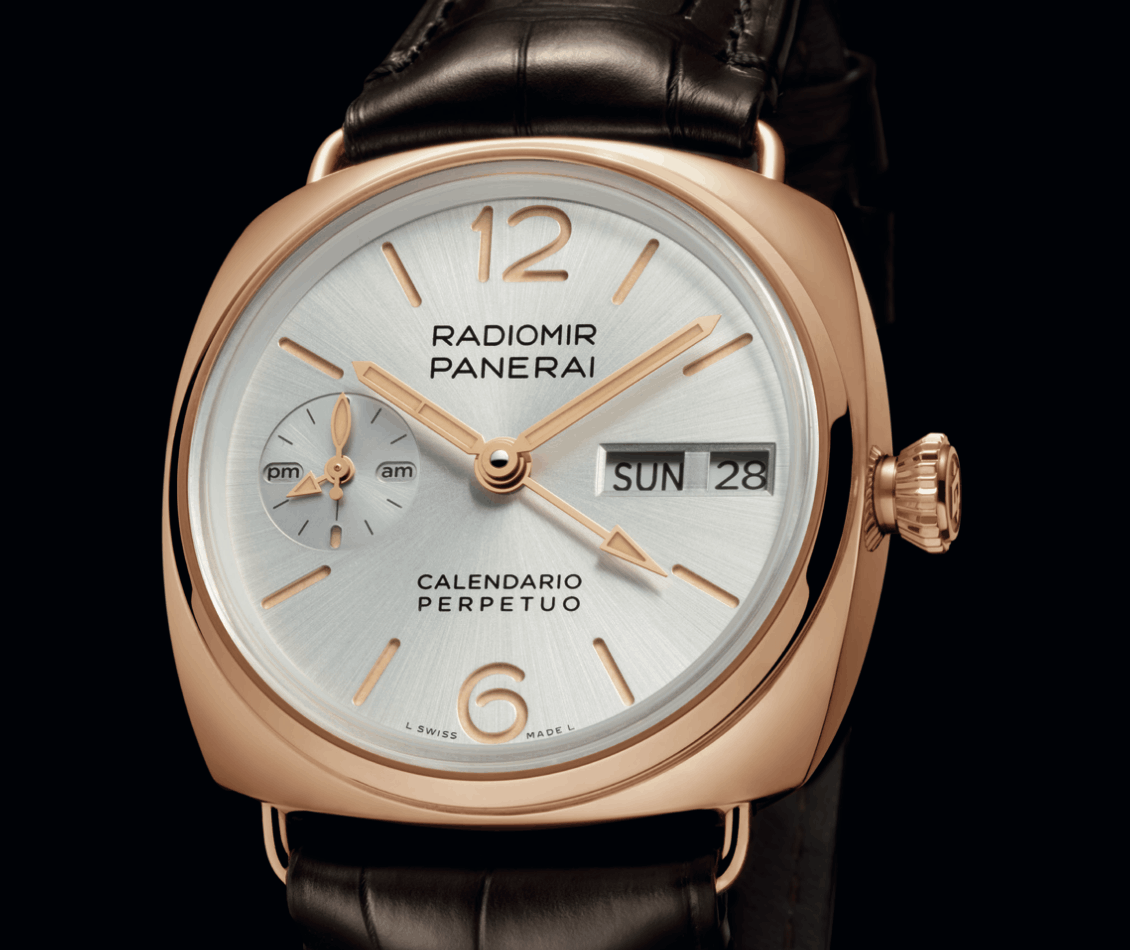Bovet Récital 20 Astérium®
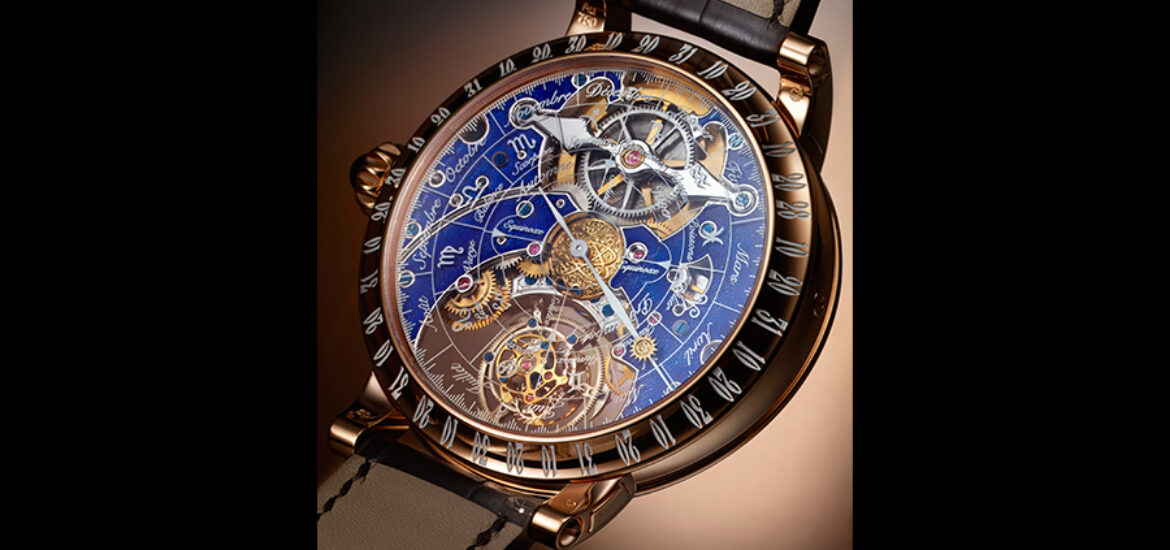
Bovet 1822 presented the Récital 18 Shooting Star®, which made headlines for its innovative time display. The many accolades attributed to this timepiece attest to its peerless identity and accomplishments.
The Récital 20 Astérium® seamlessly continues the tradition set by its illustrious predecessor, reprising the characteristic shaped case to present an unprecedented mechanical display that showcases the volumes and decoration of the timepiece. What is more, the diptych now formed by these two timepieces takes us on a genuine philosophical journey to the edges of time and space. For with these timepieces, Pascal Raffy and the Bovet 1822 watchmakers invite us to explore the universe and the origins of time itself. While the watchmakers chose to soar above and offer a celestial view of our planet with its 24 time zones visible at a glance for the Shooting Star, they have returned to Earth for this masterpiece and lifted their eyes to the skies.
The notions of time and space are intricately bound and inextricably linked. To observe space is to observe time: the present and the past, all the way back to our origins and to those of the universe. Since the dawn of humanity, it is from this observation that we have gleaned all our intellectual, scientific and even spiritual knowledge. Our fascination with time and space has enabled us to achieve our wildest dreams and has brought us our greatest discoveries in science, astronomy, space exploration and, of course, fine watchmaking.
Far more than just speculative investors, true collectors love time itself. Their passion extends to both time-measuring instruments and to the philosophical, universal dimension of time. It is for these aficionados that Pascal Raffy and the craftsmen at Bovet 1822 have designed, developed and manufactured the journey to the heavens that is the Récital 20 Astérium®.
Time is defined by the position of the stars in the sky. Based on this undeniable fact, the night sky was chosen to play the ‘starring’ role in this new exceptional timepiece. Faithful to the underlying principles governing complication development at Bovet 1822, this sky map was designed to be functional, precise and intuitive all at once. With this in mind, the Bovet 1822 technicians opted to map out the stars and constellations visible from the Earth on a dome of translucent blue quartz, on which they are laser-engraved before being coated in Super-LumiNova® to create a dazzling true-to life sky. To ensure utmost realism, the highest stars in the sky are depicted at the top of the dome while the lowest stars nearer the horizon appear on the periphery of the display aperture. Yet, this unrivalled exactitude in time display would count for little had Pascal Raffy and his artisans not applied the same rigor to the mechanical precision of the timepiece. To this end, they devised a sidereal calendar. The duration of a complete Earthly orbit (known as a sidereal year) is 365 days, 6 hours, 9 minutes and 9.77 seconds, or an unchanging 365.25 days. For obvious reasons, the Gregorian calendar was obliged to round down the number of days in a year to 365 and to compensate for the remaining hours by adding an extra day every four years, giving us our leap years. While the Gregorian calendar is perfect for governing our everyday lives, it differs by 0.25 days per year from sidereal reality before resynchronizing every four years. The calendars usually employed in watchmaking – perpetual or otherwise – are all based on the Gregorian calendar, and the use of such a mechanism to drive a night sky results in a significant cumulative error when reading off the time.
The night sky and the collection of sidereal indications on the Astérium® are thus governed by an annual calendar calculated on a 365.25-day cycle to reflect the real duration of one full terrestrial orbit. Thanks to this combination of display and horological exactitude, the instantaneous position of the stars in the sky is thus displayed with unrivalled precision.
While complex ingenuity went into developing the Astérium®, its mechanism and winding device are designed to be simple, intuitive and reliable, as can be seen by merely turning the timepiece over and looking through the transparent sapphire crystal covering the entire movement. It features a host of graduations linked to the astronomic indications through which a single central hand travels. This hand is driven directly by the annual calendar, and therefore performs a complete rotation once every 365.25 days. An annual calendar (dates and months) is graduated on the case-back bezel and serves to precisely regulate the night sky. Rapidly setting the annual calendar with the crown disconnects the hours and minutes hands, and enables both the position of the night sky and thus all sidereal information to be adjusted both quickly and easily. To do this, the wearer simply moves the central hand forward until it reflects the correct date before adjusting the time with the crown in its middle position. This operation takes far less time than adjusting a perpetual calendar would, and does not require a corrector. The same hand also travels along a graduation indicating the signs of the zodiac, symbolized by the constellations in front of which the sun appears throughout the year – hence the delicately hand-engraved sun that is riveted to the part of the hand that passes over this section. The seasons are also indicated further inside the timepiece, as are the solstices and equinoxes.
Returning to the front of the timepiece unveils some new additional indications. The lower left- and right-hand sections of the night sky overlook two double hemispheric indicators, while on the left, an hemispheric precision moon phase lingers above the equation of time indicator.
The duration of the true solar day – which corresponds to the exact interval of time between two passages of the sun at its zenith at an identical given point – varies throughout the year. In fact, the Earth takes exactly and consistently 23 hours and 56 minutes to rotate 360° on its own axis. But depending on the Earth’s position in its orbital ellipse, the sun will appear either earlier or later at the zenith at this identical point relative to the average 24-hour solar day.

















